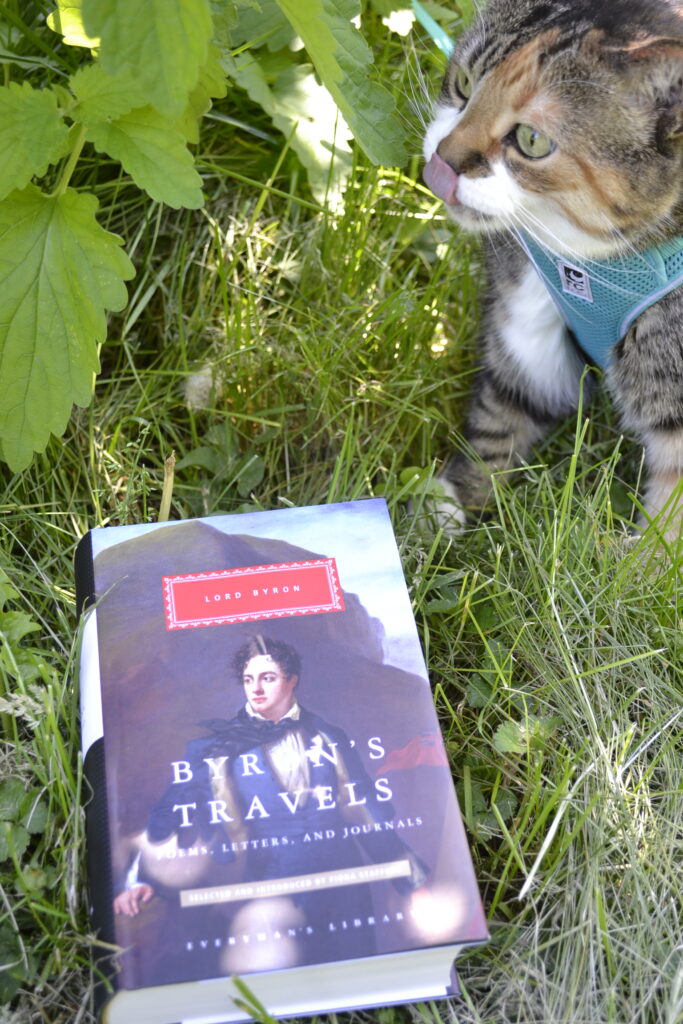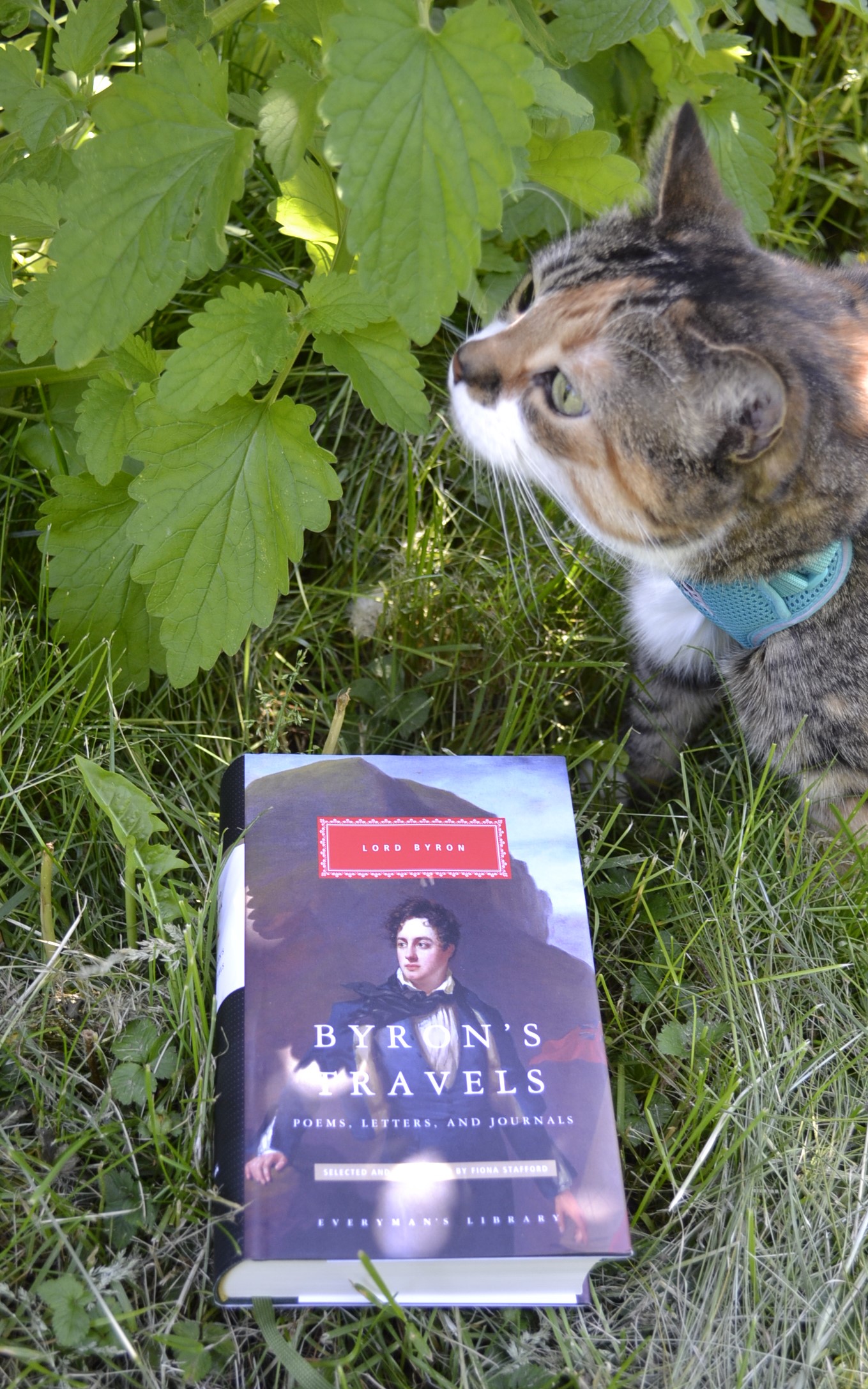Across the Street
It’s funny how much some things change and how much some things stay the same. When we lived in the city, a new neighbour in the hallway was a nerve-wracking experience. Mostly I worried about noise. If there would be a stream of people now in the hallway. If we’d still be able to walk Bubastis up and down the hallway.
Now that we own our own home and we don’t have to worry about noises from adjoining apartments constantly making it through our walls, I thought that I would be done with wondering and fretting about what new neighbours would mean. However, the house across the street went up for the sale and I find that I have the same concerns I used to — with a key difference. I know that short of a rave moving in, I can always just shut my door and enjoy the quiet. That there’s enough of a distance (a few dozen feet) to mean that it doesn’t really affect my world all that much. And nothing is going to mean that I can’t put Bubastis on a leash and take her out into the wonders of our own backyard.
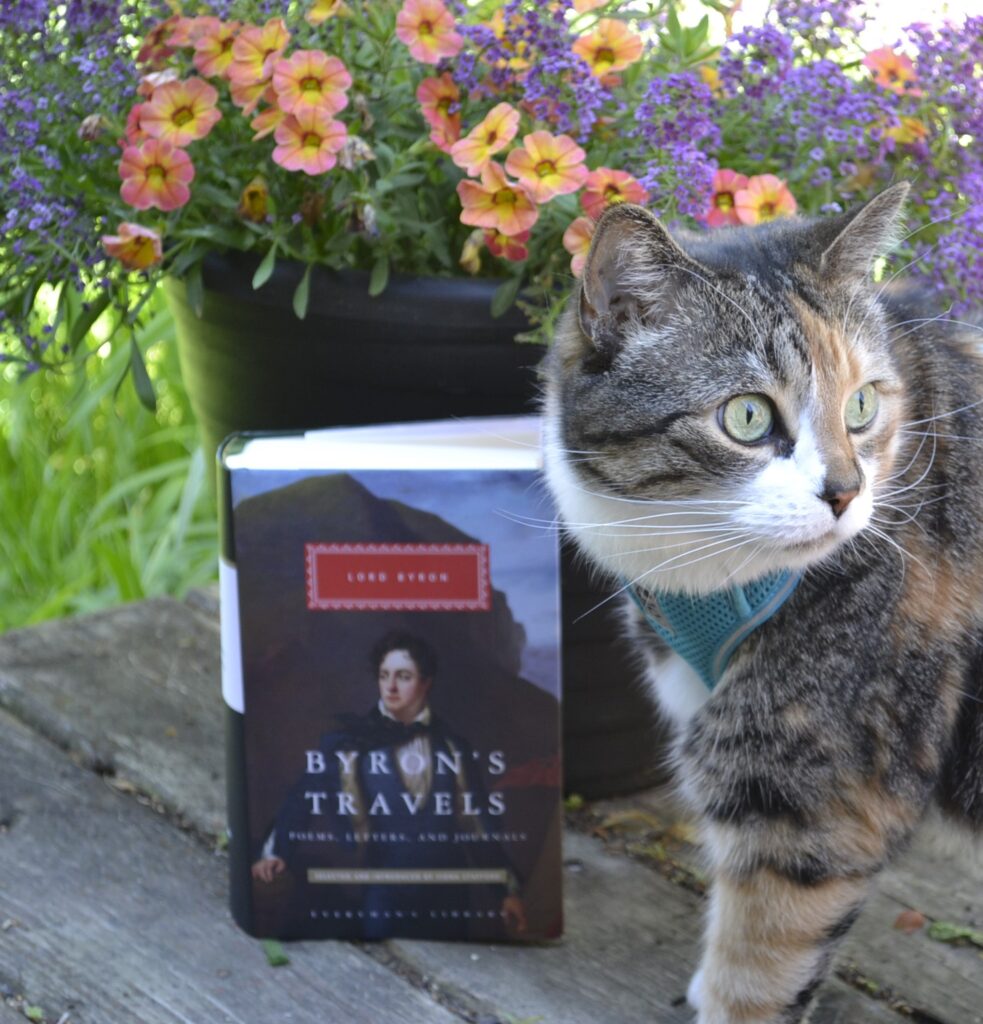
Though there is still the curiosity of just what the new neighbours will be like. We’ve been lucky enough to have really great neighbours and a really great neighbourhood, so I think it’s more than probable that everything will work out just fine.
So Much in One Thick Book
While I have read of Lord Byron, I haven’t actually read a lot from Lord Byron, so when I saw the Everyman’s Library volume of his poems, letters, and journals I jumped at the chance to actually read some of his work. I won’t spoil it for those of you who don’t know Byron’s reputation or just what shocking and scandalous shenanigans he got up to, but it was enough that his literary contemporaries were all talking about it.
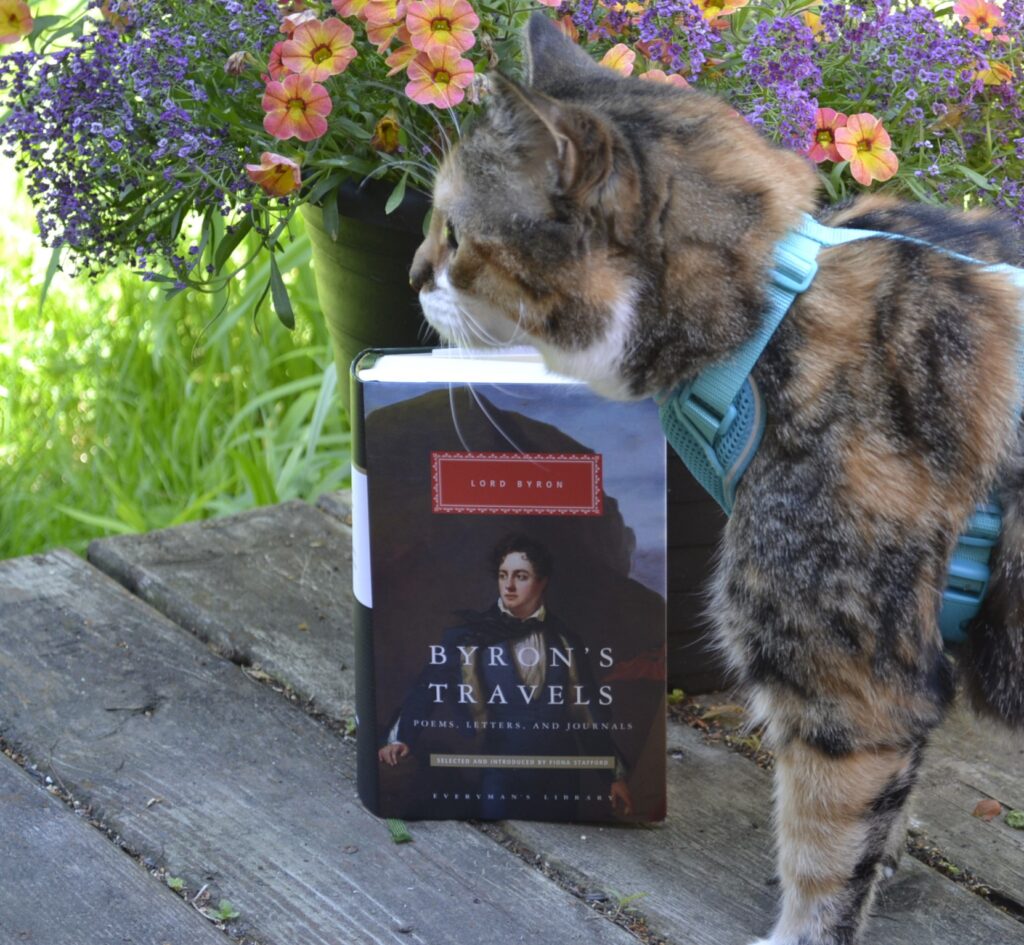
While this isn’t a complete collection of his writing, it does follow Byron through his school days and his first forays abroad to being a part of society in London to his final departure to Italy and Greece. It was as interesting to see his life and travels unfold as it was to note the key differences between letters to his mother and letters to his friends and lovers.
Scattered amongst letters and journal entries are excerpts of poetry he wrote in each location — enough to provide an interesting counterpoint to what he writes about his travels as well as serve as a bit of an introduction to his poetry in general.
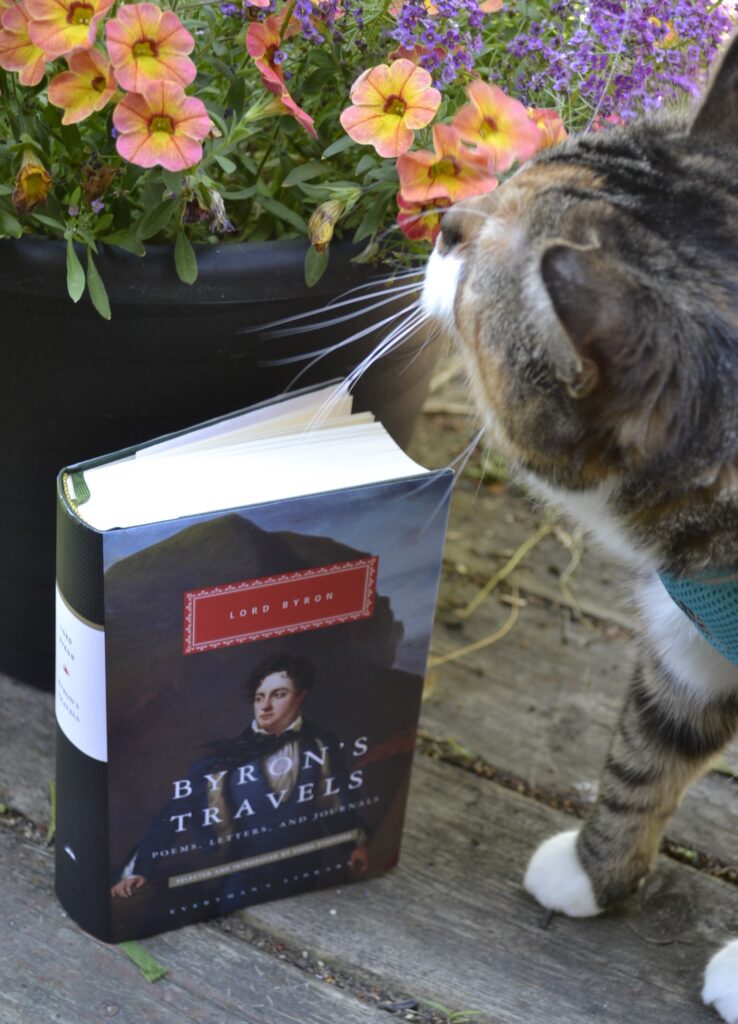
The Interesting and the Not as Interesting
The volume is well over 600 pages, and as such you cannot expect to be riveted for the entire time. Admittedly, Byron’s overdramatic whining and ennui can get a bit old — especially when he’s lamenting about turning all of twenty-one. However, there are a lot of notable instances that the reader gets a primary-source seat to.
I found the letters surrounding the death of Percy Shelley particularly interesting, because there has been so much speculation and so much literary mythology built up around it. Did Bryon really put his charred heart into a wine bottle? Well, he certainly says he did.
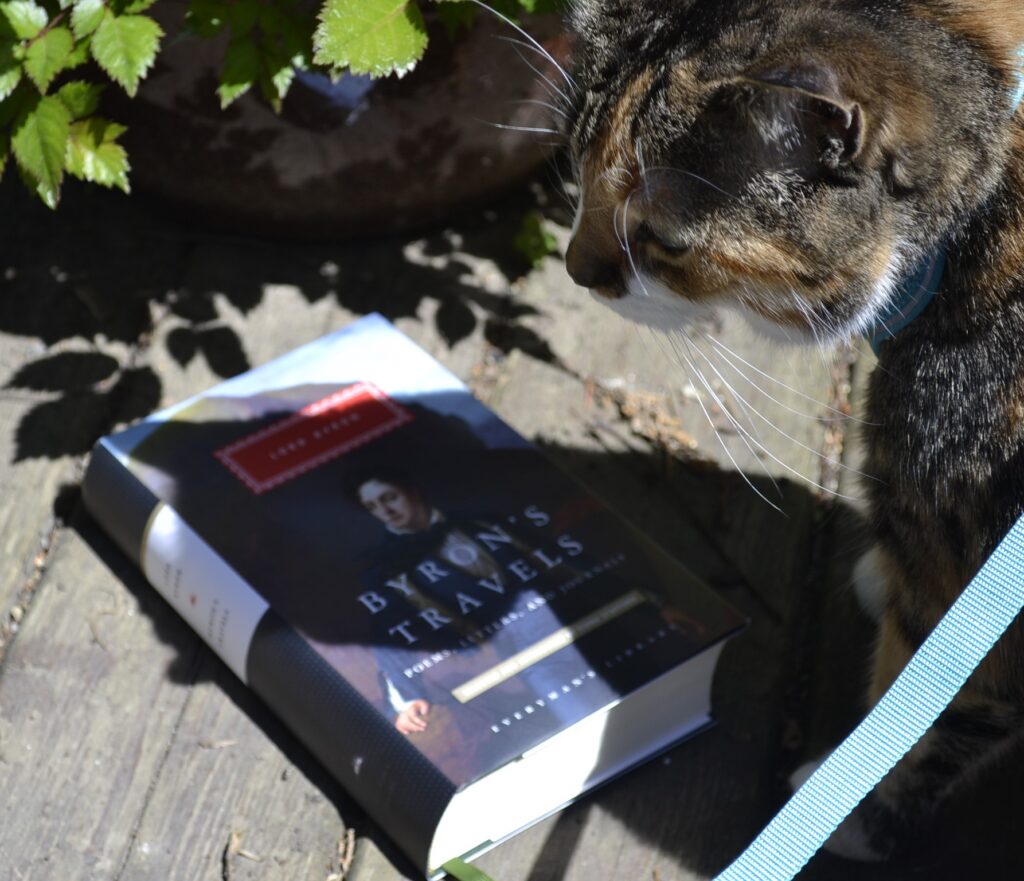
How To Read It
I found it a bit odd that these letters and journals and poems weren’t exactly organized chronologically. Instead, the editor chose to first organize them by location, and then chronologically. (At least for the first part of the book. London is listed twice, and the second part of the book adheres a bit more strictly to chronology.) So, some sections contain letters that actually happened before previous sections and vice versa. It’s not so much confusing as it hinders the natural flow of reading.
For example? Byron writes about his mother’s death and how he feels about it in one section, then in the beginning of the next she is still alive and he writing long letters to her. Again, not confusing, but it does grate on the reader that intends to get through more than one location at a time.
I would recommend letting this book breathe. Plan on spending the summer with it and taking it section by section in isolation. Go on the trip with Byron, stopping at each city and getting a feel for it. You’ll get much more out of it than if you attempt to take the entire journey in a single day.
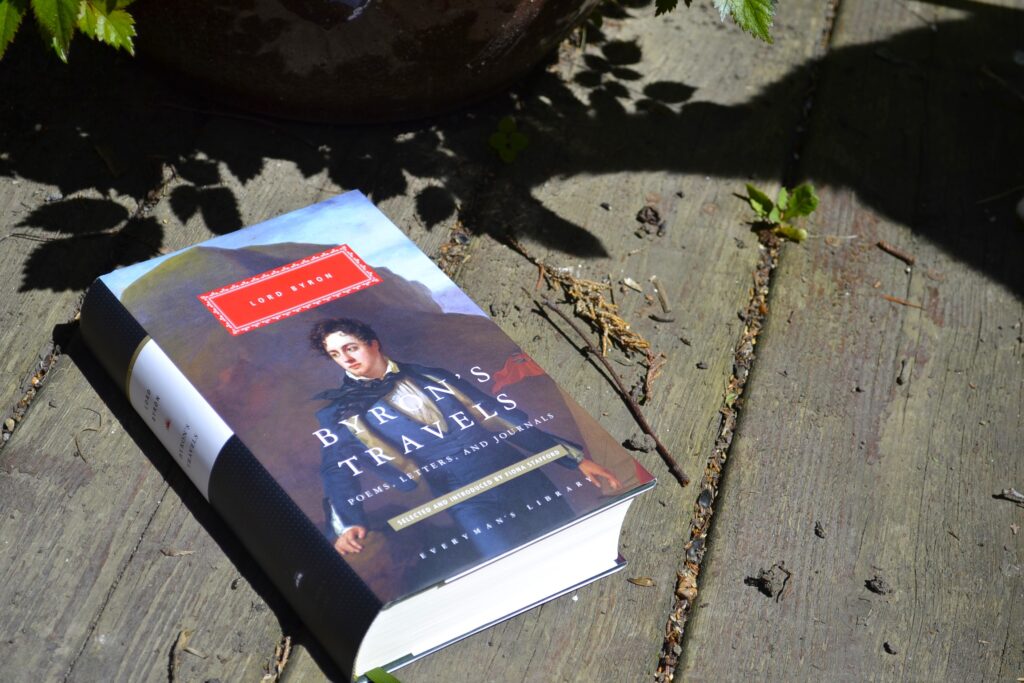
More Tea
We had a day in the city yesterday and so today there will be lots of tea, and hopefully lots of Criterion Channel. I really don’t have the energy for much else. The cats? Oh, yes, they have a whole lot of energy and proceed to show us by running up and down the hallway at top speed before jumping onto the cat tree with such momentum that they basically slam into it.
The squirrels outside also have energy — enough to dig up all of my lovely spouse’s freshly potted plants. I know I give them peanuts and seed, but some days I regret this.
